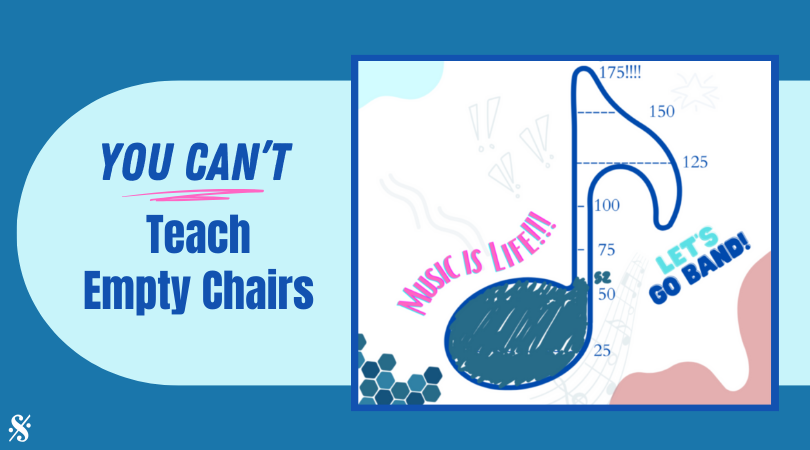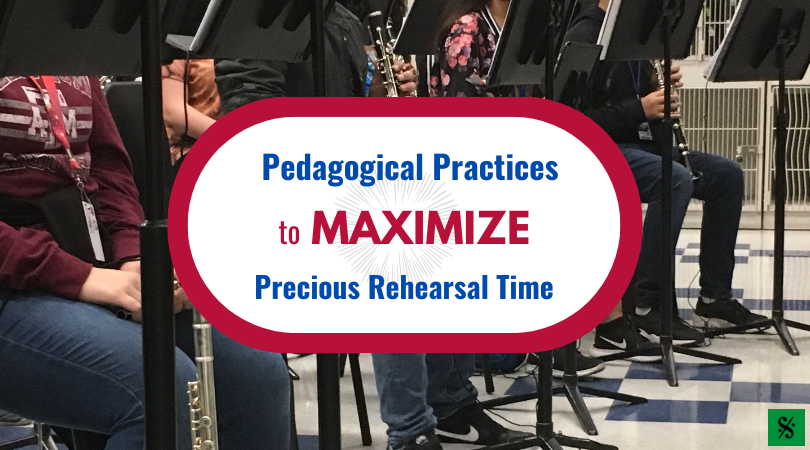Part 1: What makes the sound?
The factors that determine sound quality can be grouped into three categories. In order of importance, they are:
- Concept – defined as a clear aural image of what we want to sound like acquired through repeated listening.
- How we play, including embouchure and airstream focus based on the oral cavity (tongue position), and…
- Equipment, primarily the mouthpiece and reed combination.
There is not much to say about categories 1 and 3. So, we can dispense with them first.

Concept
The only way to sound like the players we admire is to listen to them enough, so we immediately recognize when we are getting close to that sound and that any other sound concept is unacceptable. Like “the force,” the concept must be strong.
Equipment
Regarding equipment, it is important to choose a mouthpiece and reed combination that is suited to the style of music and the sound concept we wish to achieve. For classical playing, the opening between the tip of the mouthpiece and the tip of the reed is smaller, and therefore we can use a bit stronger reed. Jazz mouthpieces feature a larger tip opening and a more pronounced baffle making them louder and brighter. Because of the larger tip opening, we need to use a softer reed. Most manufacturers offer different reeds designed specifically for different styles of music. Consultation with a teacher is highly recommended.
With regard to the sax itself, it is more important that it is in good adjustment with no air leaks and no unusual intonation characteristics than that it be an expensive professional model.
How we play
Focusing the airstream with the oral cavity:
The throat must be relaxed and allowed to stay open. The tongue must be relaxed wide and allowed to remain in its natural arch while playing. You should feel the insides of your upper molars on the sides of your tongue while playing. Imagine you are making the
vowel sound “EE.”
Embouchure
Variables we can control:
- Amount of mouthpiece taken into the mouth.
- Aim the lower teeth at the “fulcrum” (the point where the reed separates from the mouthpiece).
- Amount of lower lip rolled in over the teeth.
- Say “VEE.” The point on the lower lip that is touched by the upper teeth should touch the reed first.
- Amount of pressure against the reed.
- Not too much, and not too little. Experiment to find the amount of pressure that yields the greatest resonance and a centered pitch.
Of course, changing the embouchure results in changes in sound and pitch. Less obvious is how the tongue position affects both.
Intonation
On most saxophones the following tendencies exist:
- Middle register (B, C, & C#) is relatively flat.
- Middle D is relatively sharp.
- High register (high C# & above) is relatively sharp.
- Low D is relatively flat
Learn to compensate for these by pushing the mouthpiece in enough to keep the middle register up to pitch. Then, bring the sharp notes down by slightly relaxing jaw pressure and/or the embouchure and/or adjusting the tongue position down and back. (The mouthpiece and overtone exercises described in Part 2 are a great aid to adjusting intonation).
Classical Sound vs. Jazz Sound
Besides using different mouthpieces and reeds, there is much we can change about “how we play” to make our sound conform to our “concept” of a characteristic jazz or classical sound. It’s an oversimplification to say that a jazz sound is louder and brighter than a classical sound, but that’s a good place to start. Assuming we have established a good, basic classical embouchure, the following changes can create a “jazzier” sound:
Embouchure:
- A bit less pressure. This will allow the pitch to drop so we must push in.
- A little more lower lip rolled out. This allows the reed to vibrate more freely.
Tongue Position:
This could vary depending on the sound we’re going for. But, generally, the flatter, less arched tongue position creates a “honkier” sound. I use this technique if I’m going for a more commercial or funkier sound.
Part 2 “Exercises to Shape the Sound” – provides several techniques to help beginners and professionals gain control of the variables in embouchure and tongue position that affects the sound.
Sam Fagaly is the Professor of Saxophone and Director of Jazz Studies at Eastern Illinois University. His saxophone students have been accepted to graduate schools and furthered their education at prestigious universities, including The Eastman School of Music, Michigan State University, The Juilliard School, Northwestern University, The Manhattan School of Music, New York University, and William Patterson University, among others.
Sam has been active as a clinician and guest soloist throughout the nation. He has been featured at the Region V North American Saxophone Alliance Conference, performing in both classical and jazz styles. Sam earned his Doctor of Arts degree from the University of Northern Colorado, Master of Music degree from Louisiana State University, and Bachelor of Music Education degree from the University of Florida.




Leave a Reply
You must be logged in to post a comment.